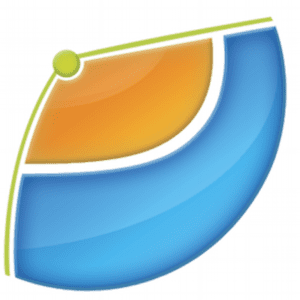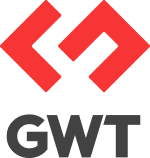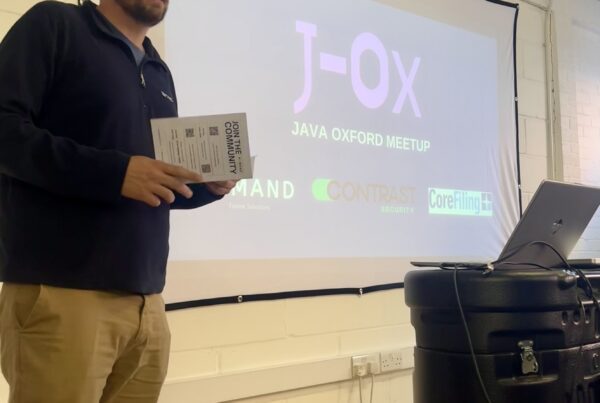Best Java Frameworks

Java is a popular programming language that is widely used for building a variety of applications, including web applications, mobile apps, and games. One of the reasons Java is so popular is that it has a wide range of frameworks available that make it easier for developers to build and maintain applications.
In our recent survey, 88% of Java Developers ranked Spring as their most used framework.
In this blog post, we will take a look at some of the best Java frameworks that are currently available.

Spring
The Spring Framework is a popular Java framework that is used for building enterprise-level applications. It is an open-source framework that provides a wide range of features and tools for building web and mobile applications. Some of the key features of the Spring Framework include a lightweight container, support for dependency injection, and integration with other popular frameworks such as Hibernate and Struts.
Some examples of companies that have used Spring in the past include Dick’s Sporting Goods, Netflix, and LinkedIn.

Hibernate
Hibernate is a Java framework that is used for object-relational mapping (ORM). ORM is a technique that allows developers to work with a database using objects, rather than writing SQL queries. This can make it easier to build and maintain applications, as it reduces the need for developers to have a deep understanding of SQL. Hibernate is a popular choice for Java developers because it is easy to use and provides a wide range of features and tools.
Some examples of companies that use Hibernate are: IBM, Oracle, Dell.

Struts
Struts is a Java framework that is used for building web applications. It is an open-source framework that is built on the Model-View-Controller (MVC) design pattern. This means that it separates the business logic, presentation logic, and data management components of an application. This can make it easier for developers to build and maintain large-scale web applications, as it allows them to focus on one aspect of the application at a time.
Some companies that have used Struts in the past include eBay, AOL, and DaimlerChrysler.

JavaServer Faces
JavaServer Faces (JSF) is a Java framework that is used for building user interfaces for web applications. It is a component-based framework that allows developers to build reusable UI components that can be easily integrated into different applications. JSF is a popular choice for Java developers because it is easy to use and provides a wide range of features and tools for building user interfaces.
A company that uses JavaServer Faces is Rakuten.
Apache Wicket
Apache Wicket is a Java framework that is used for building web applications. It is an open-source framework that is built on the Model-View-Controller (MVC) design pattern. One of the key features of Apache Wicket is that it allows developers to build reusable UI components, which can make it easier to build and maintain large-scale web applications.

Google Web Toolkit
Google Web Toolkit (GWT) is a Java framework that is used for building web applications. It is an open-source framework that allows developers to write client-side Java code that is then compiled into JavaScript, which can be run in a web browser. This can make it easier for developers to build web applications that are compatible with a wide range of browsers and devices.
In conclusion, there are many excellent Java frameworks available that can help developers build and maintain a wide range of applications. The Spring Framework, Hibernate, Struts, JavaServer Faces (JSF), Apache Wicket, and Google Web Toolkit (GWT) are all popular choices that are worth considering when choosing a Java framework for your next project. Each of these frameworks has its own unique set of features and tools, and the best choice will depend on the specific needs of your project.
If you’re looking for a new role or would like to take the next step in your career, reach out to us today, to find out more about the opportunities available!




